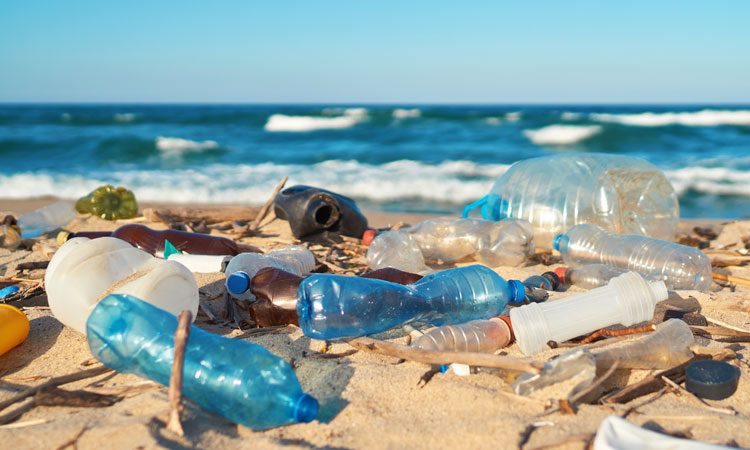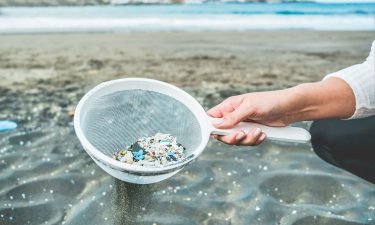WHO calls for more research into microplastics and less plastic pollution
- Like
- Digg
- Del
- Tumblr
- VKontakte
- Buffer
- Love This
- Odnoklassniki
- Meneame
- Blogger
- Amazon
- Yahoo Mail
- Gmail
- AOL
- Newsvine
- HackerNews
- Evernote
- MySpace
- Mail.ru
- Viadeo
- Line
- Comments
- Yummly
- SMS
- Viber
- Telegram
- Subscribe
- Skype
- Facebook Messenger
- Kakao
- LiveJournal
- Yammer
- Edgar
- Fintel
- Mix
- Instapaper
- Copy Link
Posted: 23 August 2019 | Rachael Harper (New Food Magazine) | No comments yet
WHO has called for further assessment of microplastics in the environment and a reduction in plastic pollution.


Following the release of an analysis of current research related to microplastics in drinking-water, further assessment of microplastics in the environment and their potential impacts on human health, has been called for by The World Health Organization (WHO).
The organisation has also called for a reduction in plastic pollution to benefit the environment and reduce human exposure.
“We urgently need to know more about the health impact of microplastics because they are everywhere – including in our drinking-water,” said Dr Maria Neira, Director, Department of Public Health, Environment and Social Determinants of Health, at WHO. “Based on the limited information we have, microplastics in drinking water don’t appear to pose a health risk at current levels. But we need to find out more.
We also need to stop the rise in plastic pollution worldwide.”
According to the analysis, microplastics larger than 150 micrometres are not likely to be absorbed in the human body and uptake of smaller particles is expected to be limited. Absorption and distribution of very small microplastic particles including in the nano size range may, however, be higher, although the data is limited.


WHO has called for more analysis into microplastics and their impact on human health.
WHO has said that further research is needed to obtain a more accurate assessment of exposure to microplastics and their potential impacts on human health. These include developing standard methods for measuring microplastic particles in water; more studies on the sources and occurrence of them in fresh water; and the efficacy of different treatment processes.
The organisation also recommends that drinking-water suppliers and regulators prioritise removing microbial pathogens and chemicals that are known risks to human health.
This has a double advantage as wastewater and drinking-water treatment systems that treat faecal content and chemicals are also effective in removing microplastics, removing over 90 percent of microplastics with the highest removal coming from tertiary treatment such as filtration. Conventional drinking-water treatment can remove particles smaller than a micrometre.
Related topics
Contaminants, Environment, Food Safety, Packaging & Labelling, Regulation & Legislation, Research & development, The consumer









